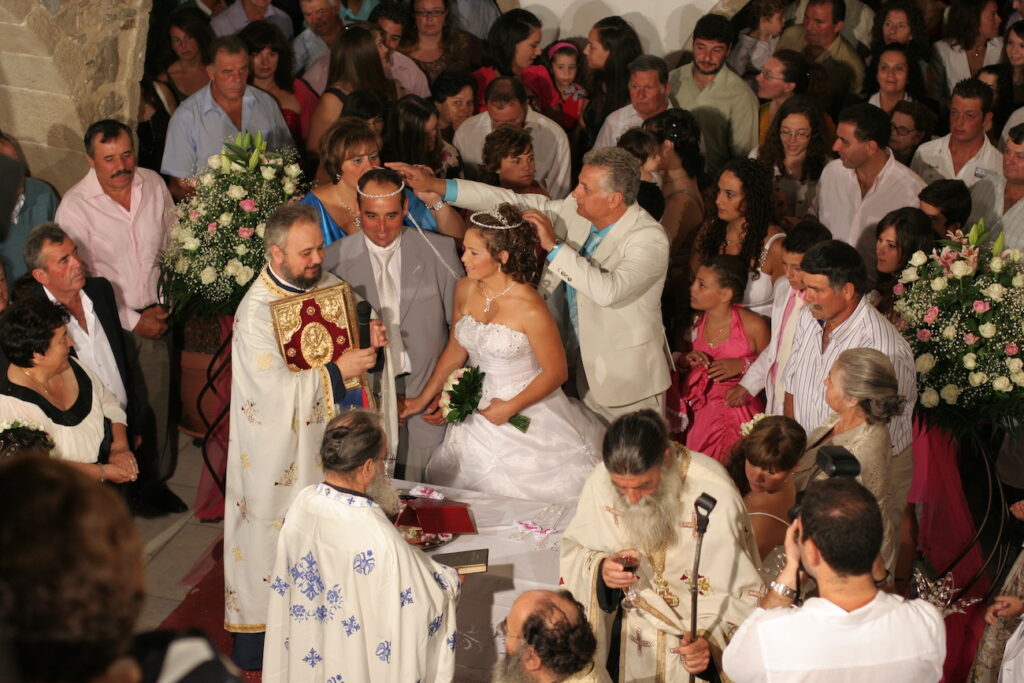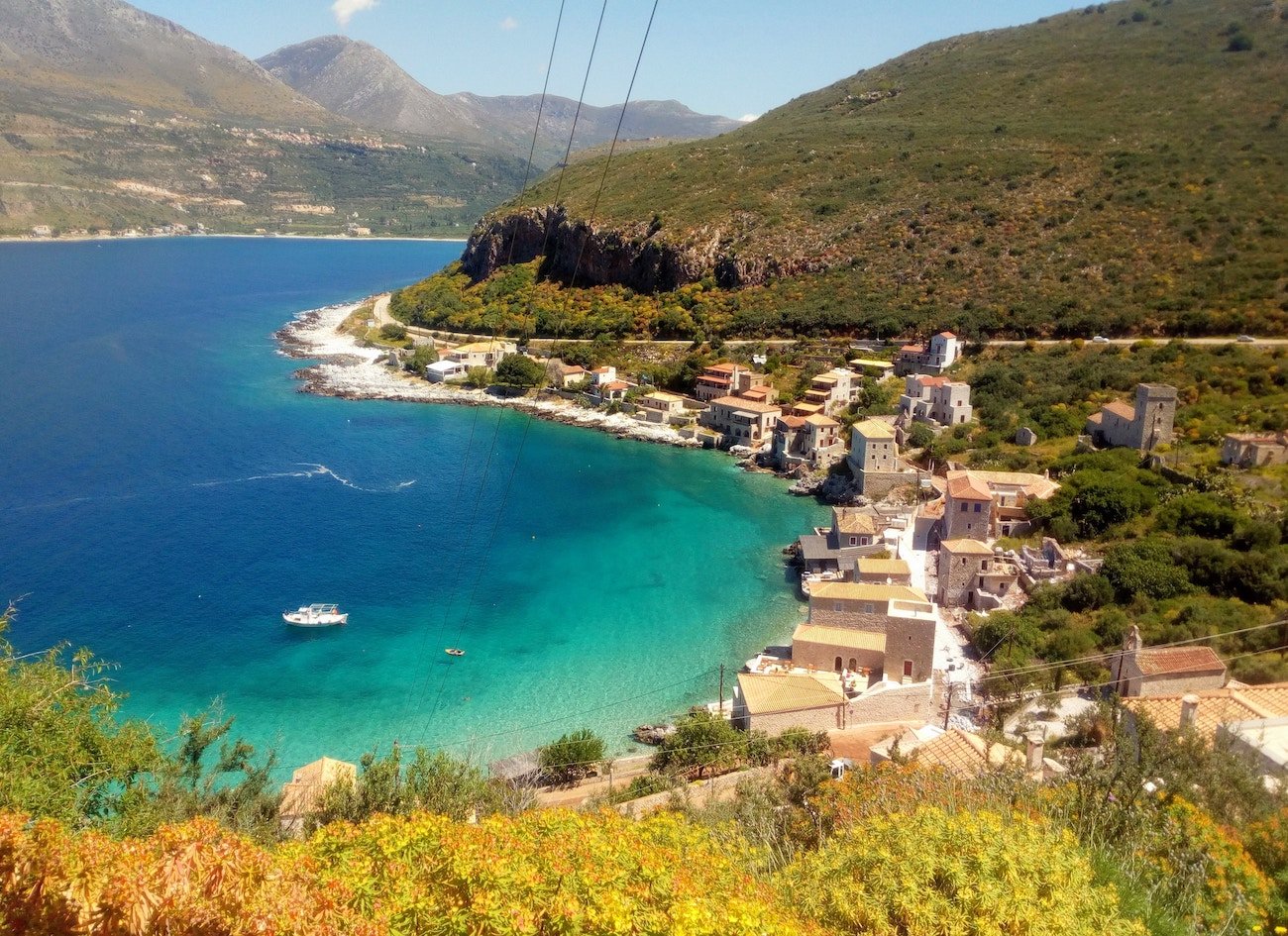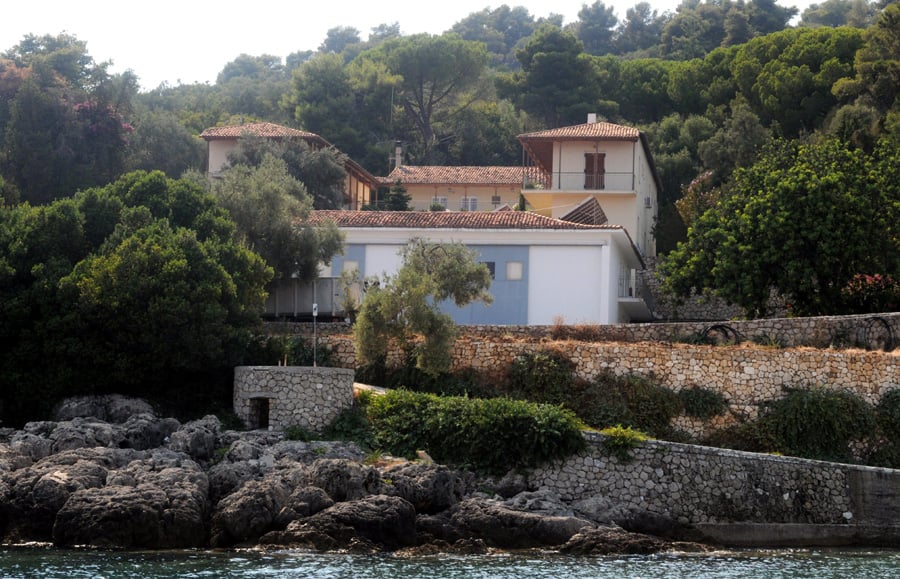Opa! Where did plate smashing in Greece come from? When did the tradition of breaking plates start? Where can I smash plates in Greece?

Why are Plates Broken in Greece?
Most articles online will tell you that smashing plates was made well-known worldwide because of a 1960s film titled “Never on Sunday.” However, the history is more unique and mysterious than this simple answer.
Plate Smashing in Ancient Times
The history of breaking plates goes back to ancient times when breaking plates was a hobby for the wealthy. During parties, plates or glasses would be thrown into the fire after a banquet instead of being reused. The abundance was celebrated because the plates could be easily replaced.
There is not conclusive connection between smashing plates today in Greece and smashing plates in ancient times. So, what other part of Greece’s history created the tradition of plate smashing?

The Rebetika Movement of the 1920s
The Rebetika movement in Greece started in the 1920s when Greek refugees came from Turkey after fleeing the catastophies in Smyrna and Asia Minor (modern day Izmir and Istanbul).
This was a time of hardship, poverty, and pain for the newcomers in Greece, who lost family members, homes, and possessions. Their only refuge was in music and dance. It cleaned them and provided an outlet to express their anguish.
In the underground bars called “tekedes”, which were found mainly in Piraeus in the 1930’s, Greek refugees gathered together with other “manges” (young, virtuous, manly men from this time), got drank or stoned, and undertook the ultimate outing of expressing their sorrow, sadness, love, and other intense emotions, through dancing the zeibekiko dance.

Rebetika and Breaking Plates
During the rebetika dance, one man alone, turning slowly, drunk, is the center of the universe for a few minutes, talking slowly through his movements. For him, it is his psychological cleansing — a therapy which he found nowhere else. To interrupt him or stand up and interfere with his dance was the ultimate insult.
At the end of the dance, after this intense expression of emotion, the world is too small. It is unable to give the dancer or his best friend who is watching a solution to their many pains. To release this tension, a nearby plate was smashed. Sometimes a glass, cutlery, a chair, or even the whole table were thrown.
In contrast with the current tradition, where plates are smashed to show excess and to express joy, the “manges” of the rebetika movement used plate smashing as an expression of emotion. It was not out of excess or to “show off”. It was a necessity.

Plate Smashing in the 1960s
In the 1960s following a blockbuster movie called “Never on Sunday”, plate smashing became very popular in Greece. One of the main scenes features a main character having a great time while glasses and plates smash on the floor while they dance.
After this movie released, up to 100,000 plates were smashed every month in Greece. More than 50 workshops were started that employed more than 1000 people to cover the party needs in Greece. These companies first used real plates but eventually moved to plaster copies to reduce costs and injuries.

Plate Smashing at Greek Weddings
At weddings, historically the plate-smashing tradition signified a new beginning, with the couple moving from their old lives to a new life together. The plates represented “throwing away” the old life. The plate smashing is usually accompanied by dancing and folk music, with the occasional shouting of “Opa” – which translates roughly to “whoops” or “watch out!”

Plate Smashing Banned
In 1969, the military dictatorship (which controlled Greece from 1967 to 1973) banned place smashing in nightclubs. Flying shards of plates occasionally injured people, so it was outlawed in taverns.
Plate Smashing in Greece Today
Nowadays, most Greek weddings don’t have plate breaking, but occasionally at certain weddings, plaster plates are purchased and broken by the families of the newlywed couple. One other place you may see plates broken is outside of restaurants. Modern Greek restaurants that cater to tourists in places like Mykonos or Santorini may try to bring travelers to their restaurant by smashing a plate on the sidewalk.
It is still illegal to break plates in night clubs in Greece. In some tavernas with live music, you can pay to buy trays of flowers that customers throw at the performers. A designated server usually comes around to offer this option to customers. Although less expensive than breaking real plates, these trays of flowers can also get expensive quickly.

The Greek Way of Life
Smashing plates represents “kefi” – the general idea of having a good time and enjoying life. This part of Greek culture, even without breaking plates, will always be part of Greek life, and is usually paired with moderate drinking and dancing. We recommend visiting Greece to see for yourself the lively Greek lifestyle.
Below, you’ll see a picture of Athina and Vincent, a Dutch couple who now live in Karpathos, Greece. They bought a home in Karpathos, got married on the island, and moved permanently. While Athina and Vincent didn’t break plates at their wedding, they celebrated with the “kefi” which is so characteristic of the Greek way of life. You can read more about their wedding in Karpathos on their website, The Karpathos Guide.

Other Countries that Break Plates
Dish smashing is not unique to Greek culture. For example, at a traditional Jewish wedding, a wine glass is broken to remember the destruction of the Jewish temples. In China, glasses can be broken at weddings to symbolize good luck and a long-lasting wedding for the couple.


































